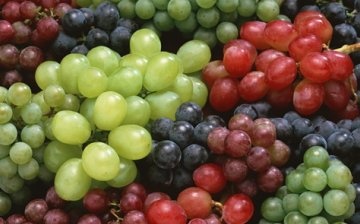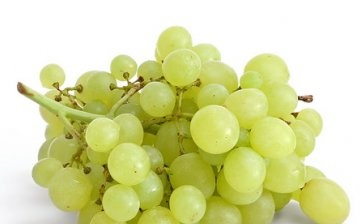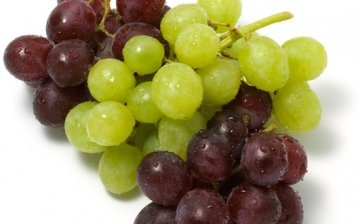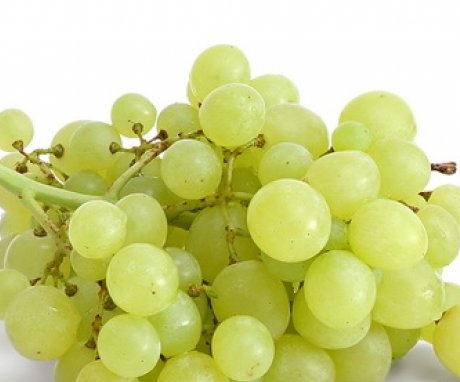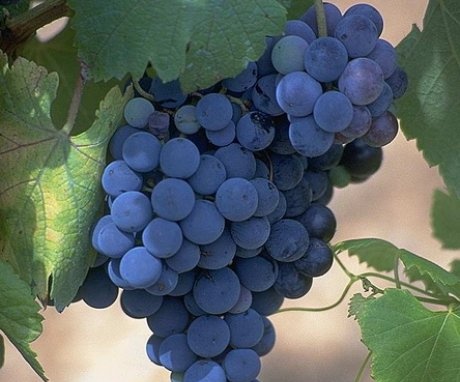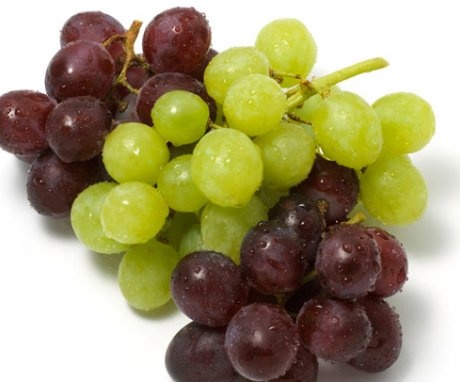Are grapes a berry or a fruit?
The question "are grapes a berry or a fruit?" is quite common. The answer to this question is simple, grapes are berries. It belongs to the grape family. The birthplace of this berry is considered to be Western Asia. In fact, wild grapes were present on our planet even before the appearance of humans, as proven by scientists who, during archaeological excavations, discovered grape seeds that are about 60 million years old.
Content:
People began to cultivate grapes in ancient times. This is evidenced by fragments of earthenware (presumably jugs) found on the territory of Georgia, whose age reaches eight thousand years. Bunches of grapes were depicted on the dishes.
Variety of species
To date, more than three thousand are known grape varieties... There are canteens among them, technical, seedless and versatile varieties.
In terms of size, the grapes are very diverse. The smallest berries have a diameter of less than 10 millimeters, followed by small, medium and large berries. The largest berries are over 25 millimeters in size.
Grape berries also differ in shape. The grapes can be round, oval, ovoid, oblong or flattened. The color range of grape berries covers a wide variety of shades. Grapes are light green, pink, red, purple, blue, black, amber yellow.
Coats the skin of the grapes with a wax bloom, which is called pruin. Grape skins can be either tender and thin or firm and thick. Not only the taste of grapes depends on the structure of the skin, but also the ability to be stored for a long time under certain conditions and resistance to decay.
The grape can be tender, dense, crispy, etc. The juice of berries in most varieties is colorless, but some varieties differ in the wine-red color of the juice. Also grapes differ in terms of ripening. There are early and late varieties.
The taste of berries can also be different:
- an ordinary taste that combines sweetness and acidity without any distinctive features. Sometimes this flavor is called neutral;
- nutmeg flavor, in which the flavor of nutmeg is clearly defined;
- nightshade taste, which resembles the taste of berries of herbaceous plants;
- isable taste. This characteristic flavor can be reminiscent of strawberry, pineapple, or black currant. Grape varieties that have an isable flavor are distinguished by slimy pulp.
The use of grapes
Growing grape plants are designed to produce berries that can be consumed both fresh and processed. Berries are suitable for drying, winemaking, juicing, making jelly and other products. Also, the purpose of growing grapes can be landscaping gazebos or territories and obtaining cuttings for propagation. The grapes begin to bear fruit quickly, and are also undemanding and have good adaptability: they grow and bear fruit on poor soils, they are not afraid of lack of moisture and extreme temperatures.
Grape berries are the champions in terms of quality composition and sugar content, because the juice of ripe berries contains from 15 to 30% of easily digestible sugars. Therefore, it is from grapes that excellent wine is obtained.
Fresh grapes are a highly nutritious product that contains about 0.7-1.2 kcal / kg and have good taste. Grapes contain a large amount of mineral and organic substances and vitamins that are vital for humans. This influenced the fact that grapes are increasingly used for medicinal and prophylactic purposes. As a rule, fresh table varieties are used, the clusters of which are distinguished by a beautiful appearance, the berries have a fleshy consistency, sugar content and acidity are harmoniously combined. In addition, table varieties can be stored for a long time under certain conditions, and also transported if necessary.
Growing grapes
The grapes undergo vegetative propagation, that is, they multiply cuttings, layering and grafting. Seed planting is used only by breeders to obtain new varieties. The method of cultivation of grape crops in general depends on the specific cultivated variety, as well as on the purpose of the grown products and the level of mechanization. In any case, the purpose of all agrotechnical measures is to obtain a rich harvest.
To succeed in growing grapes, you need to especially carefully organize the protection of the crop from pests and diseases. The most common pests are: phylloxera, leafworm, grapebug, speckled, spider mites, etc. Among the diseases for grapes are the most dangerous: gray rot, anthracnose, as well as various viral diseases.



